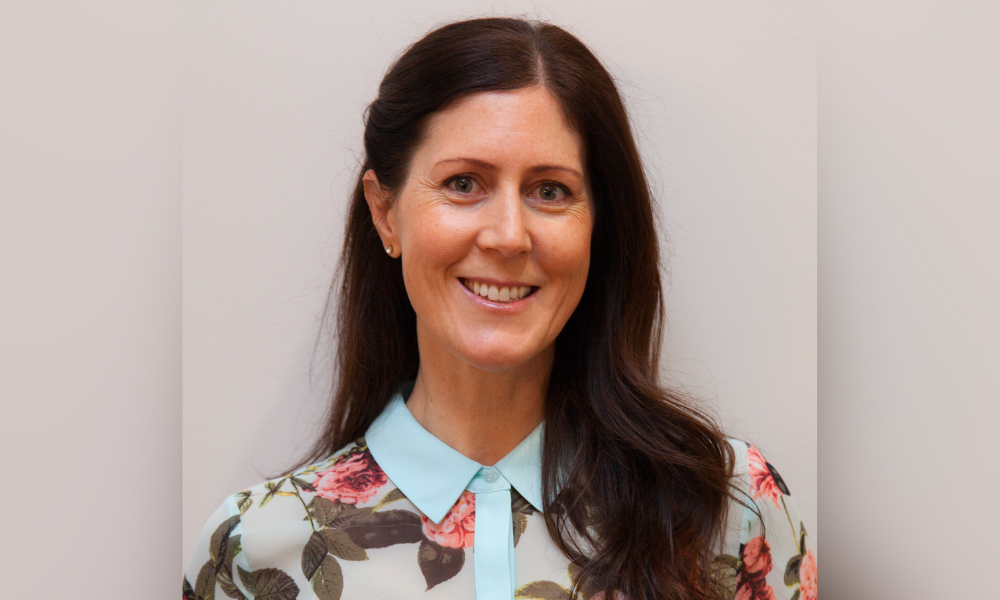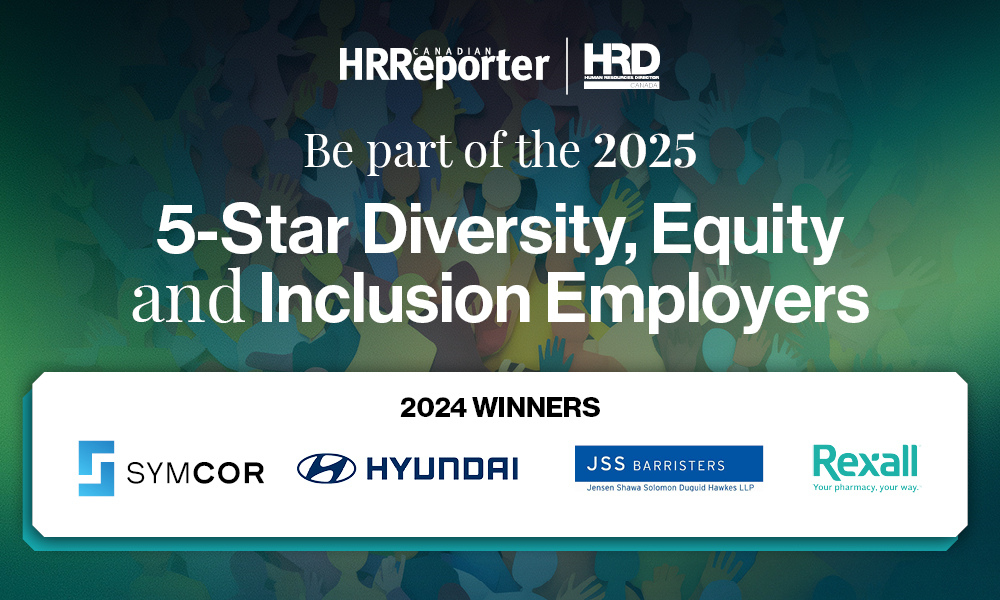‘What we really wanted to understand were possible barriers and blind spots that could potentially prevent full inclusion of Indigenous people’

In an effort to address system inequities and barriers faced by Indigenous persons in the tech industry, SAP Canada recently became the first organization to sign on to a new initiative.
The Moving Beyond Inclusion: Partnerships and Reconciliation Project was launched by the First Nations Technology Council (FNTC) with the goal to “advance reconciliation by decolonizing corporate systems and transforming the innovation, technology and technology-enabled sectors both provincially and nationally.”
For SAP, the effort began in late 2020 when the organization wanted to expand its D&I program to become more inclusive to Indigenous persons.
“We recognized Indigenous people faced multiple systemic barriers that lead to underemployment so we wanted to demonstrate a commitment on what we can do to address these barriers to fully advance inclusion in our workplace,” says Megan Smith, head of HR at SAP Canada in Vancouver, in talking to Canadian HR Reporter.
“In addition to that, we wanted to acknowledge our responsibility to enact the Truth and Reconciliation: Call to Action number 92, which calls upon the corporate sector to adopt the United Nations Declaration on the Rights of Indigenous Peoples [UNDRIP]. That framework applies principles, norms and standards to corporate policy and looks at core operational activities that involve and can be inclusive of Indigenous people; we wanted to make sure that was part of how we operate in the corporate technology sector,” she says.
The project also welcomed Pagefreezer, Microsoft, and Bench Accounting but for SAP the planning began by “examining our internal structures, policies, processes, what we really wanted to understand were possible barriers and blind spots that could potentially prevent full inclusion of Indigenous people,” says Smith.
From there, the company put together steering committees of various functional groups within the organization: development, sales, leadership, HR, communication, hiring managers, and engaged the FNTC to figure out how to best address the issue, says Smith.
“We did 17 hours of interviews where the First Nations Technology Council works with various employees and leaders across our company to understand what our policies and processes look like, and they gave us four major areas to focus on: structures and systems; diversity, equality, inclusion and beyond; talent and hiring; corporate social responsibility.”
They also held a two-day workshop with Hummingbirds Rising Consulting and developed a roadmap, she says, with one of the first efforts being a fundraising drive.
“We also wanted to start culturally getting our employees involved, so we hosted an employee donation-matching campaign to support the survivors of the Canadian residential school system, which raised nearly $20,000.”

Megan Smith
The employer also put on an artist’s showcase that highlighted Indigenous art as a way for SAP employees to begin “sharing more lived experiences,” says Smith.
HR practices looked at
As well, the HR department began to examine its way of doing business, says Smith.
“For example, the practices that are in place to support claims of discrimination: How do we address those? How do we make sure people feel that it’s safe to speak up? That was an interesting learning for us to think about how we could do that better.”
One of the learnings revolved around early training on those discrimination policies, which was an eye-opener, says Smith.
It has been common practice not to address what to do when faced with a discrimination claim on the first day of work for new HR hires because “that’s concerning to start with: then you’re wondering, why would I need to know that?” she says.
But by flipping that around, a great revelation was uncovered.
“If in your life, you were a marginalized person who had experienced discrimination, learning that up front could be quite comforting. That would be a perfect example where we have to look at how systemically we were catering to the large majority who operate in a certain way.”
SAP also examined hiring practices in an effort to remove inequities, says Smith.
“We’re reviewing how do we look at criteria for job qualifications and then looking into those requirements, knowing that certain job qualifications and requirements may actually become barriers to people who have faced barriers in their life, like a university degree as an example or from even just a specific type of university.”
Attracting diverse talent is seen as a great way to find workers but many are getting it wrong, says an expert, while many leaders are not convinced D&I hiring drives great results, according to a survey.
Networking as barrier
Another common barrier faced by marginalized groups was around the common practice of networking, says Smith and this is something that needs to be addressed.
“A lot of people in the tech industry know people in the tech industry, and it’s quite commonly understood that connections are quite helpful and being able to get references. And so one of the things that we would be looking at is creating better connections with Indigenous communities and tech communities, because that in and of itself then helps reduce a barrier that exists.”
For employers hoping to become more welcoming and inclusive to the Indigenous community, be “open-minded," says Smith.
“One of the things that was a really good learning for me was Indigenous people as a rights-bearing population are looking for acknowledgement and partnerships in how policy is developed. It’s not about how do we include them in existing policy, it is truly about looking at existing policy and determining: ‘Is this the right policy to be inclusive?’ That open-mindedness of being able to think through things without necessarily being overshadowed by the thought of how things have traditionally always been done, I think is going to be an important part of the process for anyone in HR.”
Once this becomes more commonplace, another great benefit is bestowed upon employers, she says.
“I would consider it a great return on investment for somebody to focus on Indigenous inclusion because by focusing on this, you actually will become a more inclusive employer overall because then it snowballs into attracting all sorts of talents that could be of interest. Of course, we want it to be about being inclusive to Indigenous first, that’s the point of the exercise but what I have found is it’s actually a way of thinking inclusively really broadly.”




